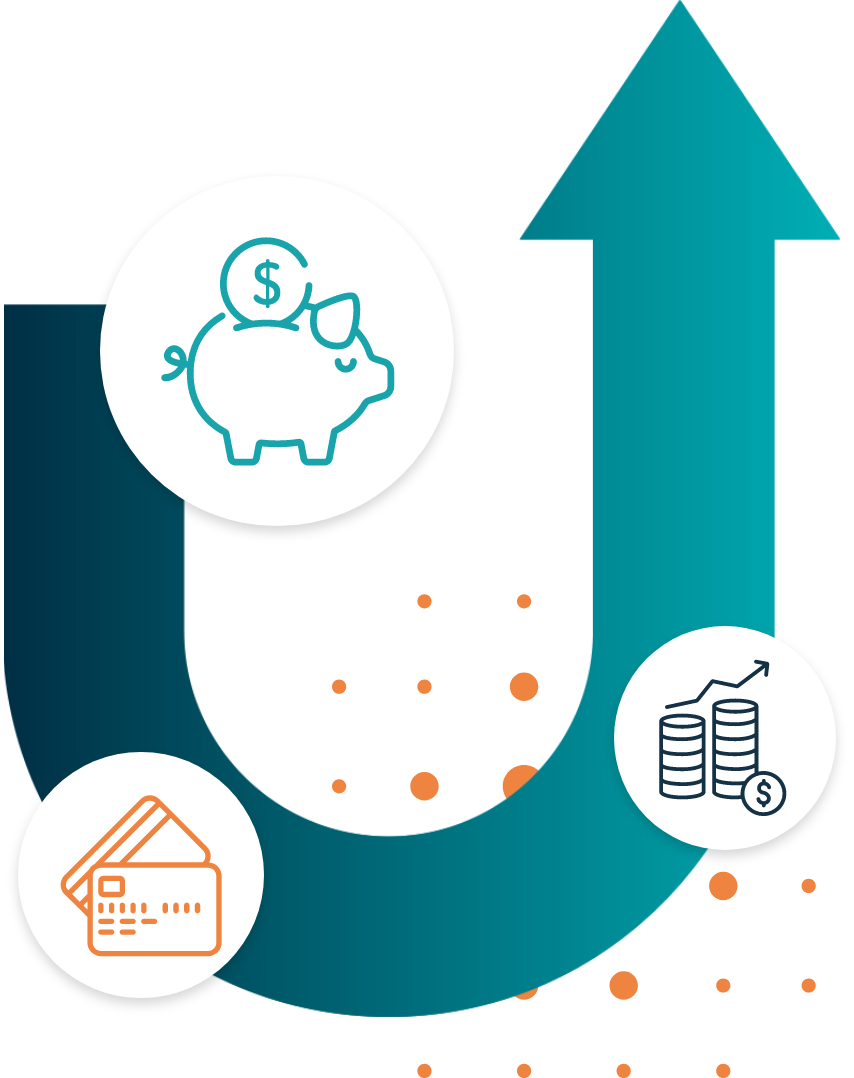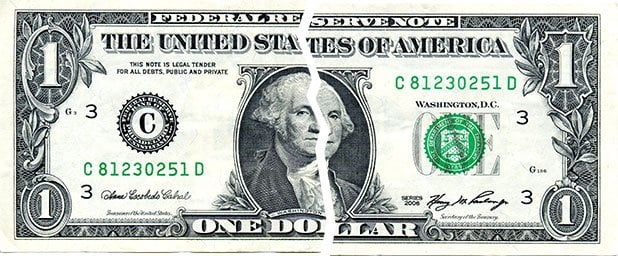Chapter 7 Bankruptcy
Bankruptcy is a legal procedure that allows individuals to discharge debts when they have become insurmountably high, thereby providing those deep in debt with the opportunity of a fresh financial start. Prior to filing for bankruptcy, the individual makes a comprehensive list of all debts, assets, income and expenses. This is the most important and time consuming aspect of filing for bankruptcy, but it helps everyone involved (including the judge, trustee, and petitioner) to gain a clear and complete understanding of the petitioner’s financial situation.
Additionally, within 180 days prior to any filing, petitioners are required to undergo credit counseling through a Federally approved counseling agency. This counseling takes fewer than two hours to complete over the phone or online and is done to ensure that all possible alternatives to bankruptcy (such as debt consolidation and debt settlement) have been sufficiently explored.

Where to Go for an Auto Loan
Chapter 7 is filed by individual debtors with below median-level incomes for the state in which they reside. A Chapter 7 proceeding involves paying unsecured creditors through a liquidation of the debtor’s assets that are non-exempt from liquidation by either state or federal law. Assets that are generally considered exempt include your home, a car utilized for work, retirement savings, welfare entitlements and Social Security checks. These types of assets are protected from liquidation to repay debt. However, non-exempt assets include cash, funds held in bank accounts, funds held in the stock market, jewelry, collectibles, and any second homes or cars. These types of non-exempt assets are subject to liquidation under a Chapter 7 proceeding.
Filing for Chapter 7 can be a relatively quick and simple process. Following the mandatory credit counseling session, the debtor files a bankruptcy petition with a federal bankruptcy court in the debtor’s district. This initiates an automatic stay that inhibits creditors and collection agencies from continuing to contact the debtor. Meantime, a court appointed trustee oversees and manages the entire process while maintaining contact with the petitioner. All financial information disclosed in the required schedules and statements of financial affairs must be fully truthful and is signed under penalty of perjury.
ABC

Who Files for Chapter 7 Bankruptcy Protection?
Most auto loans charge a simple (as opposed to compound) interest rate based on the outstanding balance that is repaid on a monthly basis and offer the option to be repaid in excess of the standard monthly payment. The advantages here are twofold – as simple interest expense is always less than compound interest expense, and having the option of paying beyond the standard monthly amount represents an opportunity to reduce interest expense over the life of the loan.
Meantime, a pre-computed auto loan is one in which total interest expense for the life of the loan is added to the principal borrowed and divided by the number of months of the loan to arrive at a regular monthly payment amount. Pre-computed loans do not offer the borrower the advantage of paying back in excess of this monthly payment amount and are therefore almost always more expensive than simple auto loans.
Events Leading to Discharge of Debts Under Chapter 7
The trustee notifies all creditors that a Chapter 7 filing has been initiated and arranges for a creditor’s meeting, at which the trustee may ask the petitioner further questions under oath regarding assets and liabilities. Though banks and other creditors are also invited to ask their own questions, they almost never show up. The typical absence of creditors at the creditor’s meeting helps expedite the process leading toward discharge.
Next, the trustee seizes control of non-exempt assets, pays off the administrative expenses of the court, and distributes remaining funds to creditors. At this point, the only responsibility remaining for the petitioner is to provide any additional information that the trustee may require and to participate in a mandatory counseling session with a Federally approved credit counseling agency. Usually within sixty days of the creditor’s meeting, an order providing for the discharge of debts is issued by the court.


Chapter 7 Discharge
From start to finish, individual debtors typically receive discharge within six months of an initial filing for Chapter 7 bankruptcy protection. The awarded discharge erases debts related to credit cards, loans, medical expenses, legal expenses and court judgments. However, obligations such as Federal student loans, taxes, alimony and child support, debts that arose following the bankruptcy filing and debts resulting from driving under the influence of alcohol are not eliminated through bankruptcy. Furthermore, bankruptcy may not relieve any co-signers from financial responsibility on all or part of any loans that they agreed to pay in the event the debtor could not.
Life Following Chapter 7 Bankruptcy
The emotional relief that results from removing the stress of monstrous debt is often worth the consequences of filing for bankruptcy. However, Chapter 7 bankruptcy will remain on a credit report for ten years from the filing date. This can impede your ability to obtain new lines of credit, while potential landlords and employers may frown upon your credit profile. Of note, a bankruptcy discharge will likely lower your FICO credit score toward the low 500s.
However, with careful planning and responsible financial behavior throughout the two years following Chapter 7 Discharge, it will become possible to secure a small unsecured credit line and work toward rebuilding a healthy credit score and profile. Nonetheless, before deciding whether to file for Chapter 7 bankruptcy and incurring the long-term stain of a bankruptcy discharge on your credit report, be certain to investigate alternatives such as debt consolidation and debt settlement.

Credit Card Debt Relief Reviews
Get Debt Relief
Connect with licensed debt specialists dedicated to supporting your long-term financial well-being.

Ready To Get Started?
See if you qualify for debt relief. Get A Free Savings Estimate to see how quickly you can be debt free.
Embrace financial freedom with our tailored solutions, expert guidance, and unwavering commitment to your success.
Experienced Professionals
Our team comprises seasoned experts who have successfully navigated countless clients towards a debt-free life.
Customized Solutions
We understand that every financial situation is unique. That’s why we craft bespoke debt relief plans tailored to your specific needs.
High Success Rate
Our track record speaks for itself. Our effective strategies and dedicated approach ensure tangible results.
Confidential Consultation
Your privacy is paramount. Rest assured, our consultations are carried out with the utmost discretion and confidentiality.
Explore other blogs











